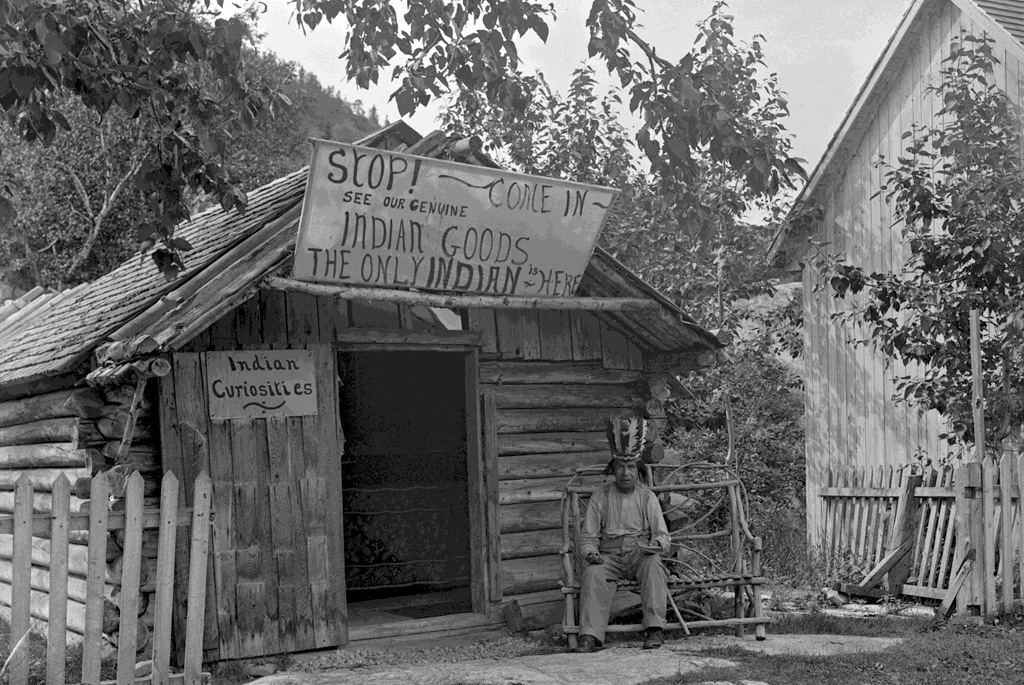Materials required: create a space for improvisation, notebook
The following is a summary of some of the components of the Royal Proclamation of 1763, as written by Graydon Nicholas, former Lieutenant Governor of New Brunswick, who was the first Wabanaki to be named to that position. Read through his analysis of what the proclamation says.
The Royal Proclamation of 1763 only confirmed the existence of Aboriginal rights or Aboriginal title. It was always there. It is important to assert that the Royal Proclamation of 1763 applies to the Maritime provinces because it recognizes three things:
A Land Base If land was to be given up it had to be given up by treaty, and people within the nation would determine whether or not they could do it.
Nationhood It recognizes this by using the words “nations and tribes with whom we are connected.” These are the words that they used in 1763. What was the definition of nationhood back then? They recognized that Wabanaki people were their allies. Ally is a much stronger idea than just a friend.
A Trusteeship As a trustee, the British Crown was obligated to handle the affairs of the Indigenous people in a diligent way. With respect to trade, for instance, before anyone could trade with the Wabanaki they had to approach the Crown first and say, “Can we get a license to trade with the Wabanaki?”
If the courts were ultimately to hold that the Proclamation does apply, then the whole Aboriginal title to the Maritimes is resurrected, and no matter what legislation has ever been passed, it was passed contrary to the intent of the Royal Proclamation of 1763.
Graydon Nicholas, Former Lieutenant Governor of New Brunswick
Divide the class into pairs (A and B). Based on what the Lieutenant Governor says about the interpretation of the Royal Proclamation, improvise the following situations and record what happens after each improvisation.
- Person A and B are good friends. Person B is a property owner and knows that there is good fishing near a First Nations community. He offers to buy a piece of property from Person A, who is Waponahkiyik and lives within this First Nation community. Is this possible? How?
- Person A and B are good friends. They are both fisher people who fish lobster. Person A sells her lobster to the lobster factory and makes a lot of money. Person B, who is Indigenous, can only take his lobster to feed his family and does not make any money from the sale of lobster. Why? Is this fair?
- Person A and B are good friends. Because of the success of the lobster fishery, Person A wants to buy a new boat. His friend, Person B, who is Waponahkiyik, offers to make him one. Person A thinks this is a great idea and asks him to make three which he will sell to his friends. Can Person A and Person B make this arrangement directly or do they have to get permission? From whom?





